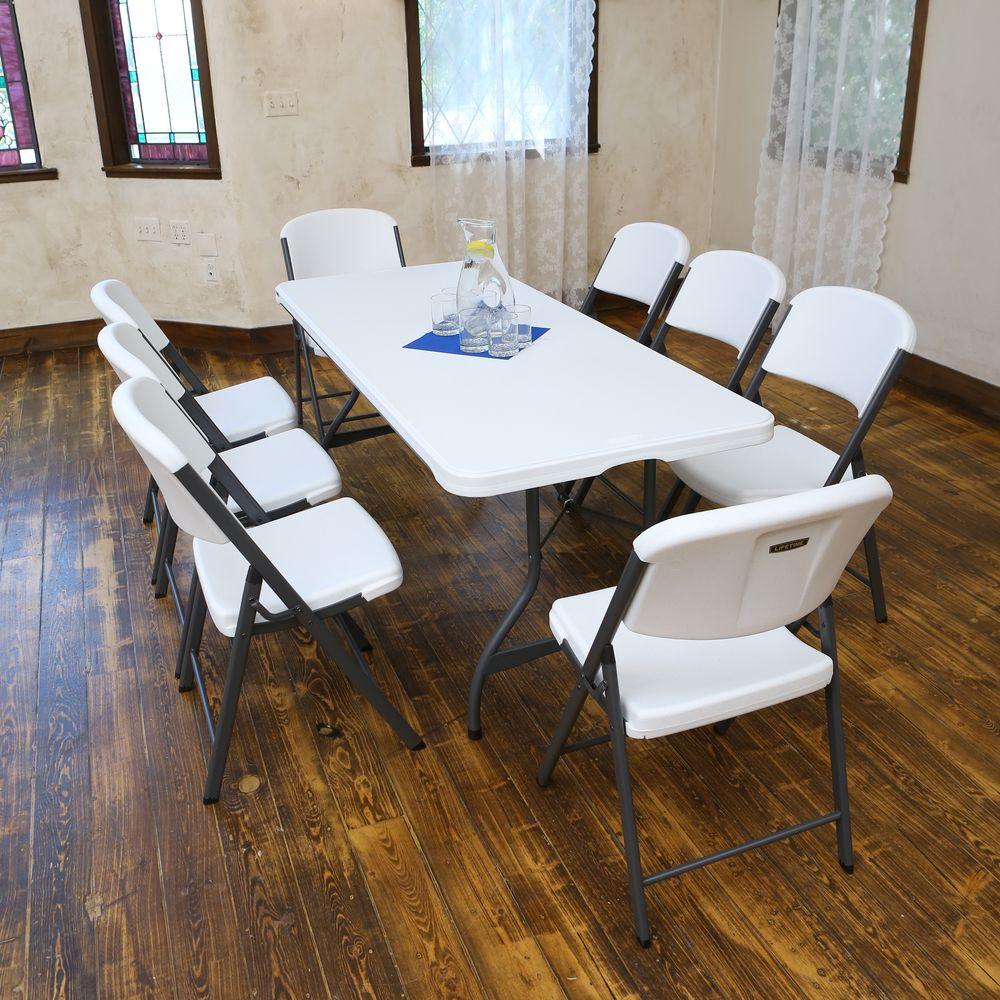Types of Chair and Table Combinations: Chair With Table Attached

Chair and table combinations are essential furniture pieces for various purposes, from dining and working to studying and relaxing. They come in a wide range of styles, sizes, and functionalities to cater to different needs and preferences. This section explores the different types of chair and table combinations available, highlighting their advantages and disadvantages.
Fixed Chair and Table Units
Fixed chair and table units are characterized by their integrated design, where the chairs are permanently attached to the table. This type of combination offers stability and a cohesive aesthetic, making it ideal for spaces where frequent movement or rearrangement is not desired.
Fixed chair and table units are a popular choice for dining rooms, kitchens, and conference rooms.
- Advantages:
- Stability and durability: The fixed design ensures stability and prevents accidental movement.
- Space-saving: They occupy a defined area, making them suitable for smaller spaces.
- Cohesive aesthetic: The integrated design creates a unified look and feel.
- Disadvantages:
- Limited flexibility: The fixed design restricts the ability to rearrange the furniture.
- Potential for discomfort: Fixed chairs may not offer adjustable features for optimal comfort.
- Limited storage options: The fixed design may not include storage features.
Chair with table attached – Example: A traditional dining set with four chairs permanently attached to a rectangular table.
Adjustable Height Chair and Table Units
Adjustable height chair and table units provide flexibility in adjusting the height of both the chair and the table to suit different tasks and user preferences. These combinations are commonly used in offices, classrooms, and home offices, where versatility is crucial.
- Advantages:
- Ergonomic benefits: Adjustable height allows for proper posture and comfort during prolonged use.
- Versatility: The ability to adjust height makes them suitable for various tasks, such as working, eating, or studying.
- Space-saving: Adjustable height units can be raised or lowered to optimize space utilization.
- Disadvantages:
- Cost: Adjustable height units tend to be more expensive than fixed units.
- Potential for instability: Adjustable mechanisms may require maintenance and could potentially become unstable over time.
- Complexity: Adjusting the height may require effort and can be time-consuming.
Example: A standing desk with an adjustable height chair that allows users to transition between sitting and standing positions.
Foldable Chair and Table Sets
Foldable chair and table sets offer portability and convenience, making them ideal for outdoor activities, camping, picnics, and events. These sets are compact when folded, allowing for easy storage and transportation.
- Advantages:
- Portability: The foldable design allows for easy transportation and storage.
- Lightweight: Foldable sets are typically made from lightweight materials.
- Cost-effective: They are generally more affordable than fixed or adjustable units.
- Disadvantages:
- Limited durability: Foldable sets may not be as durable as fixed or adjustable units.
- Limited adjustability: They may not offer adjustable height or other features.
- Potential for instability: Foldable sets may be less stable than fixed units.
Example: A portable camping table and chair set that folds compactly for easy transportation.
Modular Chair and Table Systems, Chair with table attached
Modular chair and table systems provide flexibility in configuring the furniture layout to suit different needs and spaces. These systems consist of individual components that can be combined and rearranged to create various configurations.
- Advantages:
- Flexibility: Modular systems allow for customization and rearrangement of furniture.
- Scalability: They can be expanded or reduced to accommodate different group sizes.
- Space optimization: Modular components can be arranged to maximize space utilization.
- Disadvantages:
- Cost: Modular systems can be more expensive than fixed or foldable units.
- Complexity: Assembling and rearranging modular components may require effort.
- Potential for instability: Individual components may be less stable than fixed units.
Example: A modular conference table system with individual table sections and chairs that can be arranged in various configurations to accommodate different meeting sizes.
A chair with a table attached offers convenience and space-saving design, perfect for small spaces. If you’re looking to refresh your Poang chair, consider adding a new cover, and for Australian residents, a comprehensive guide to finding the perfect fit can be found here.
Whether you prefer a sleek modern look or a cozy and inviting feel, a new cover can transform your chair, just like the attached table can transform your workspace or living area.
While a chair with a table attached offers practicality, sometimes comfort takes precedence. Imagine sinking into a red corduroy bean bag chair , its plush embrace enveloping you like a warm hug. Though it lacks a table, the cozy ambiance it creates might just be the perfect alternative for a relaxing evening with a good book.
And who needs a table when you have the world at your fingertips, literally, with a smartphone or tablet? Of course, for those who value both comfort and practicality, a chair with a table attached remains a classic choice.
